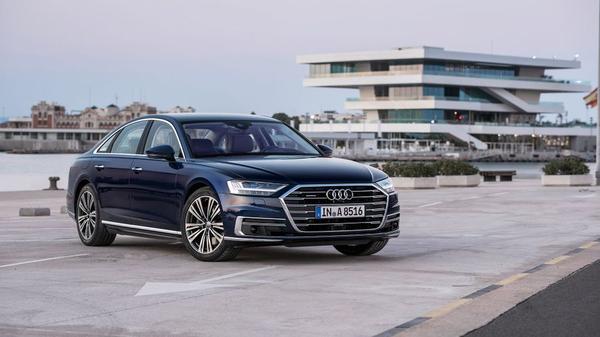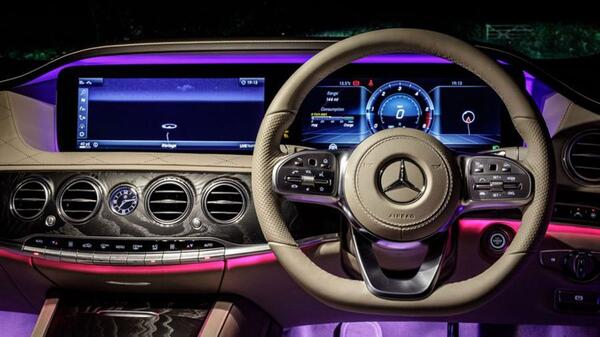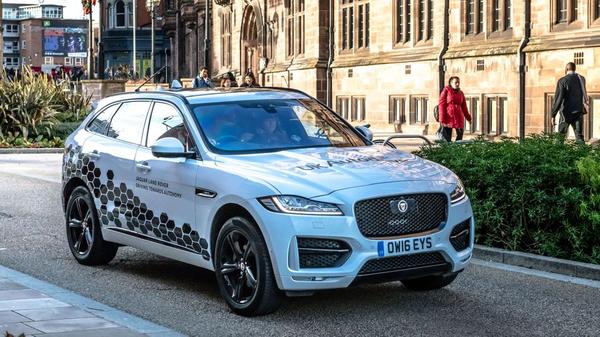News
Self-driving cars on UK motorways in 2021
Erin Baker responds to news that self-driving cars could be allowed on UK roads as soon as spring 2021.


Words by: Erin Baker
Published on 19 August 2020 | 0 min read
Fancy the idea of being driven at 70mph along a motorway by your car, with no input required? It may sound like a vision of the future, but it will be here in the UK in just a few months.
The Government has announced a consultation period for self-driving cars, with the first wave of autonomous vehicles hitting dual carriageways in spring 2021.
The Government has announced a consultation period for self-driving cars, with the first wave of autonomous vehicles hitting dual carriageways in spring 2021.
The ability of a car to drive itself has existed for years now - if you own a Tesla or some new Volvos, you will already have experienced the full Auto Pilot scenario, where the car does the steering, acceleration and braking. And if you drive a car with active cruise control, which keeps a safe distance between you and the car in front, or lane-keep assist, which steers you back into your lane if you attempt to cross into another without indicating, then you already own a semi-autonomous vehicle and have some experience of the technology.
The difference between all this and what motorists will start to experience next spring, is that, at the moment, all cars demand that the driver stays in control at all times. In models such as Teslas, that means that, even when the car is in Auto Pilot mode, you must keep your hands on the steering wheel. If you don’t, the car will issue warnings and eventually slow to a halt.
The difference between all this and what motorists will start to experience next spring, is that, at the moment, all cars demand that the driver stays in control at all times. In models such as Teslas, that means that, even when the car is in Auto Pilot mode, you must keep your hands on the steering wheel. If you don’t, the car will issue warnings and eventually slow to a halt.

The next step, is to allow the car full control, albeit with the driver ready to take over whenever the car deems it necessary - so no nodding off or doing the crossword quite yet.
One of the main challenges, however, and a major reason for the Government’s announced consultancy period, is that no one has quite established once and for all where liability rests in the case of a collision in a self-driving car. If the car collides while the software is active, is the software provider to blame, or the car manufacturer, or the driver? Could the driver or manufacturer argue that weather confused the system, or that the car was in that split second between driver control and software control? Will insurers pay out or will they take lengthy test cases to court to contest liability? Where will that leave the drivers involved in the collision? In legal limbo for months?
One of the main challenges, however, and a major reason for the Government’s announced consultancy period, is that no one has quite established once and for all where liability rests in the case of a collision in a self-driving car. If the car collides while the software is active, is the software provider to blame, or the car manufacturer, or the driver? Could the driver or manufacturer argue that weather confused the system, or that the car was in that split second between driver control and software control? Will insurers pay out or will they take lengthy test cases to court to contest liability? Where will that leave the drivers involved in the collision? In legal limbo for months?

There is also the small matter of the technology’s reliability. It must be 100 per cent reliable, 100 per cent of the time. At the moment, the existing tech is anything but. I’ve had numerous instances with various lane-departure mitigation systems in cars, where the system has mistaken solid road markings for broken lane markings and has attempted to steer me back into the lane it thinks I’m leaving, causing me to stray suddenly into someone else’s lane for no reason. Time and agin, I’ve actively disabled the systems preferring to rely on my own experience, reactions and judgement.
If the Government can establish liability in law, and if the tech proves itself, then we have cause to celebrate, for undoubtedly it will result in fewer accidents and fewer traffic jams caused by late braking. But those are two big ifs, and they’ll take a while to establish. And what will driver appetite really be like for this experience? I can’t help but think it won’t prove very popular, but we’ll see. Watch this space. *You can listen to Erin Baker in discussion on this topic on BBC Radio 5Live, or Channel 5 News, on catch up. Learn more about self-driving cars.
If the Government can establish liability in law, and if the tech proves itself, then we have cause to celebrate, for undoubtedly it will result in fewer accidents and fewer traffic jams caused by late braking. But those are two big ifs, and they’ll take a while to establish. And what will driver appetite really be like for this experience? I can’t help but think it won’t prove very popular, but we’ll see. Watch this space. *You can listen to Erin Baker in discussion on this topic on BBC Radio 5Live, or Channel 5 News, on catch up. Learn more about self-driving cars.